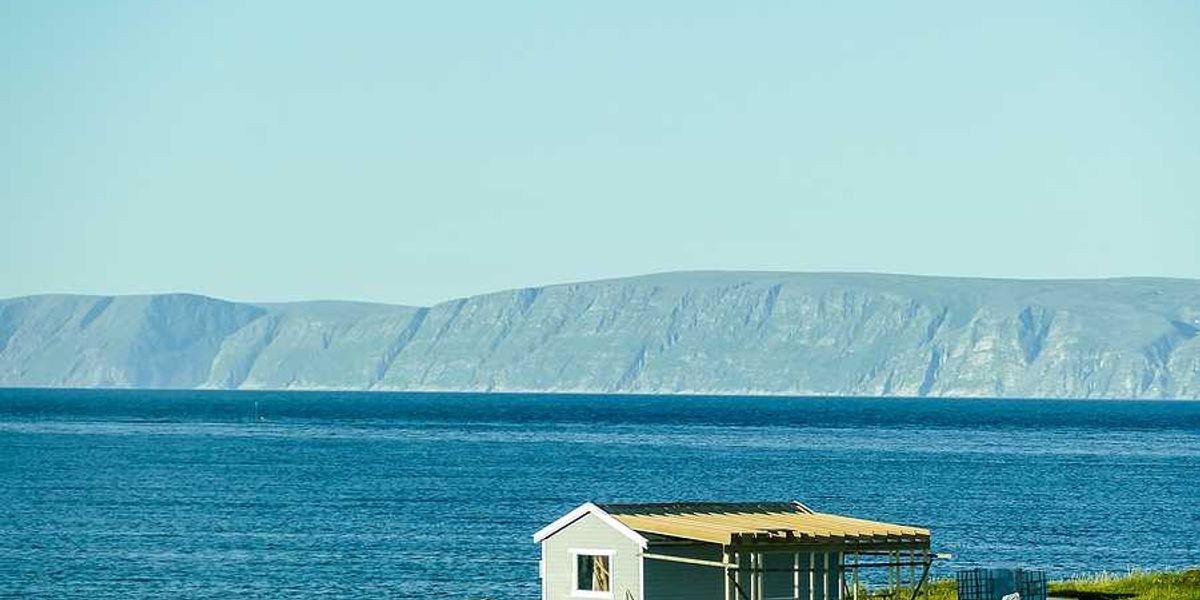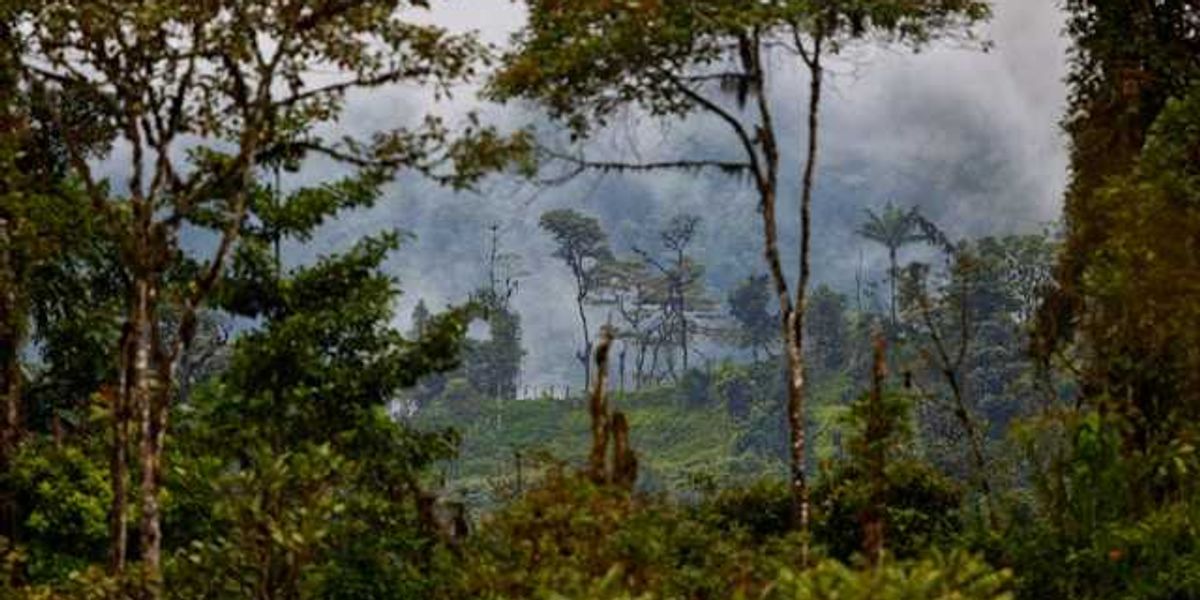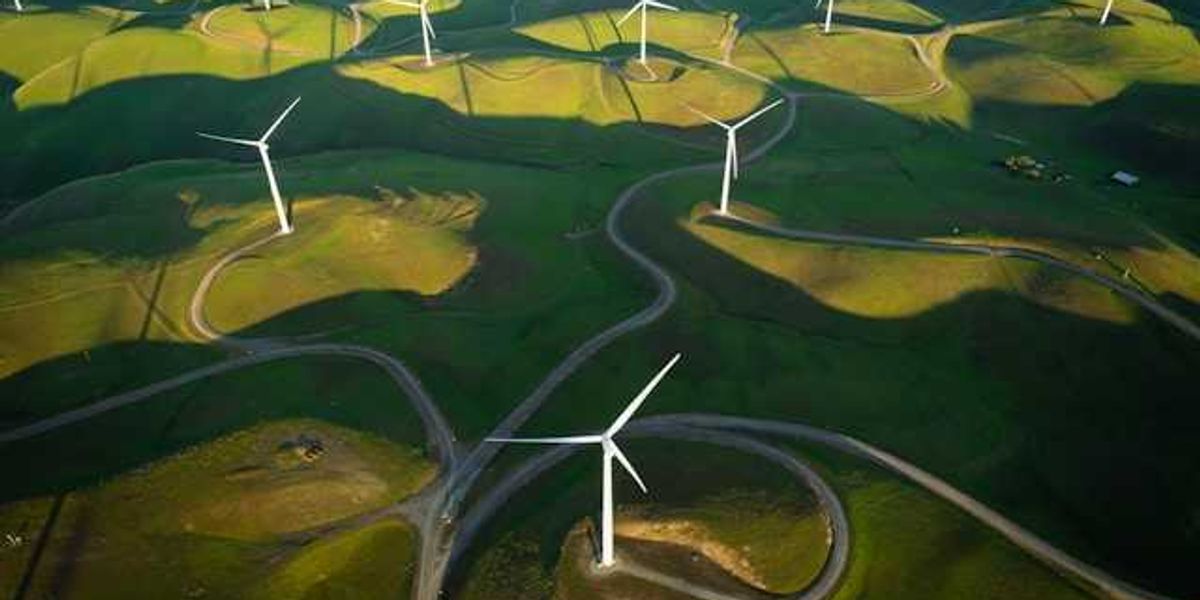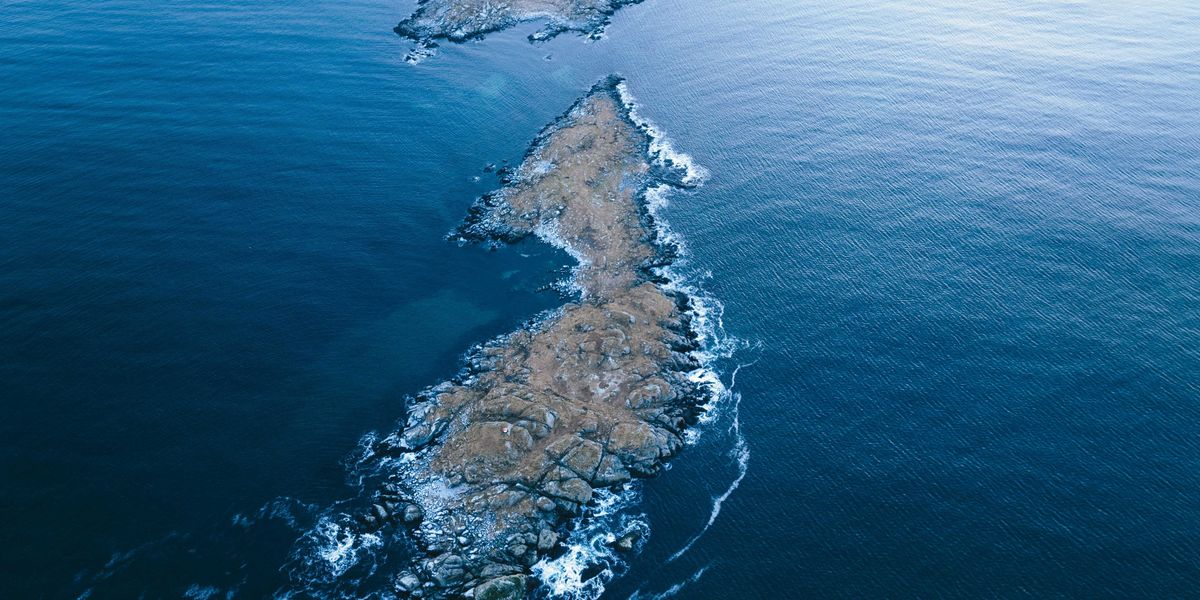Midwestern dust storms double as climate change and farming strip soil bare
A powerful dust storm swept through Illinois in May, part of a growing national trend tied to rising temperatures and land mismanagement that’s turning once-rare events into routine hazards.
Ben Felder reports for Investigate Midwest.
In short:
- A May 16 dust storm in central Illinois reached wind speeds of 60 mph, blanketing roads and farmland in thick dust and triggering the state’s first dust storm warning in Chicago in four decades.
- Nationwide, the annual number of dust storms more than doubled from an average of 34 (1996–2010) to 87 (2011–2024), with Arizona, California, Kansas, and Texas reporting the highest numbers.
- Scientists link the rise to climate change and industrial agriculture, particularly row-crop fields left bare post-harvest and lacking windbreaks like trees, which leaves soil vulnerable to wind erosion.
Key quote:
“These are man-made ecological disasters, driven by a form of agriculture that exploits and depletes the land, leaving millions of acres of soil exposed and eroding for half the year.”
— Robert Hirschfeld, director of water policy at Prairie Rivers Network
Why this matters:
Dust storms are creeping into the Midwest, where fertile soil is the backbone of U.S. agriculture. The storms carry fertilizer residue, pesticides, and other pollutants into rivers, lungs, and crops. The combination of hotter temperatures and intensive row cropping —especially corn and soy — strips fields of cover and speeds erosion, threatening both environmental and public health. Rural roads can become impassable, crops damaged or lost, and accidents spike when visibility drops to zero. These storms also aggravate respiratory diseases like asthma and COPD, especially in children and seniors. With climate change advancing and voluntary conservation programs lagging, regions that once boasted stable growing conditions are becoming more volatile.
Learn more: Drought and heat drive a surge in dangerous dust storms across the Southwest













